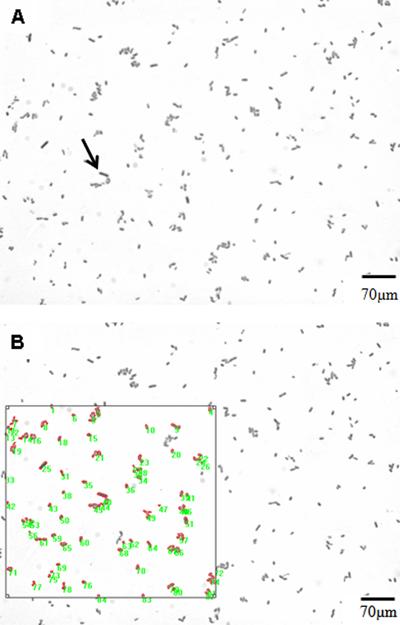Low-intensity lasers are used for prevention and management of oral mucositis induced by anticancer therapy, but the effectiveness of treatment depends on the genetic characteristics of affected cells. This study evaluated the survival and induction of filamentation of Escherichia coli cells deficient in the nucleotide excision repair pathway, and the action of T4endonuclease V on plasmid DNA exposed to low-intensity red and near-infrared laser light. Cultures of wild-type (strain AB1157) E. coli and strain AB1886 (deficient in uvrA protein) were exposed to red (660 nm) and infrared (808 nm) lasers at various fluences, powers and emission modes to study bacterial survival and filamentation. Also, plasmid DNA was exposed to laser light to study DNA lesions produced in vitro by T4endonuclease V. Low-intensity lasers: i) had no effect on survival of wild-type E. coli but decreased the survival of uvrA protein-deficient cells, ii) induced bacterial filamentation, iii) did not alter the electrophoretic profile of plasmids in agarose gels, and iv) did not alter the electrophoretic profile of plasmids incubated with T4 endonuclease V. These results increase our understanding of the effects of laser light on cells with various genetic characteristics, such as xeroderma pigmentosum cells deficient in nucleotide excision pathway activity in patients with mucositis treated by low-intensity lasers.
DNA; Enzyme; Escherichia coli; Filamentation; Laser








